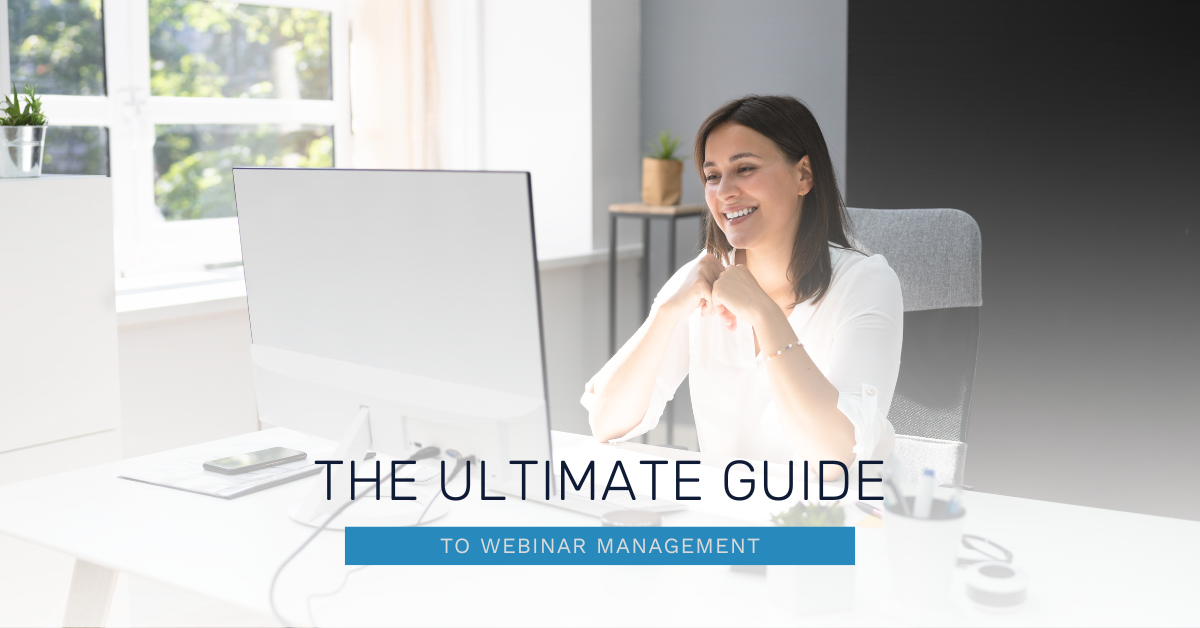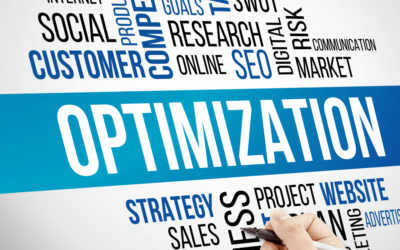Webinars have become an essential tool for businesses, educators, and professionals to connect with their audience in real time. As virtual events grow in popularity, the ability to manage and execute webinars effectively can significantly enhance engagement and achieve desired outcomes.
This guide aims to provide comprehensive strategies for planning, executing, and improving webinars. By following these best practices, you can maximize the benefits of webinars, such as increased reach, audience interaction, and valuable data collection.
Planning Your Webinar

The first step in planning a successful webinar is determining its purpose. Are you looking to educate, generate leads, or demonstrate a product? Clear objectives will guide the content and structure of your webinar. Establish measurable goals, such as the number of attendees, engagement levels, and post-webinar conversions, to assess the webinar’s success.
Target Audience
Understanding your target audience is crucial for tailoring your webinar content. Conduct research to identify the demographics, interests, and pain points of your audience. This information will help you create relevant content that resonates with attendees and meets their needs.
Choosing a Topic
Selecting a compelling and relevant topic is key to attracting and retaining attendees. Stay updated with industry trends and audience interests to choose topics that are timely and engaging. Ensure the topic aligns with your goals and can be effectively covered within the webinar’s timeframe.
Assembling the Team
A well-organized team is essential for a smooth webinar. Define roles such as the host, presenters, and technical support. The host will guide the session, while presenters provide the content. Technical support ensures everything runs smoothly behind the scenes, addressing any technical issues that arise.
Selecting the Right Platform
Choosing the right platform involves comparing key features like scalability, user interface, and integrations. Popular platforms include Zoom, WebEx, and GoToWebinar. Each offers unique features, so consider your specific needs, such as the number of attendees, ease of use, and available integrations with other tools.
Aside from the platform, you also need to ensure the chosen platform is compatible with your devices and software. Check the internet and bandwidth requirements to avoid connectivity issues. A stable and robust technical setup is crucial for a seamless webinar experience.
Content Creation

Now that you’ve chosen your platform and checked your devices, it’s time to create the most important part of hosting a webinar: the content. Here’s how to do it:
Develop the Presentation
A well-structured presentation is the backbone of a successful webinar. Organize your content logically, with a clear introduction, body, and conclusion. Use best practices for slide design, incorporating visuals and keeping text minimal to maintain audience engagement.
Choose The Right Engagement Tools
Interactive elements like polls, Q&A sessions, and quizzes can significantly enhance audience engagement. These tools keep attendees active and involved, making the webinar more dynamic and interesting.
Rehearsal and Preparation
Conducting dry runs is essential to iron out any kinks in your presentation. Practice delivering the content, using engagement tools, and transitioning between segments. Troubleshoot potential issues to ensure everything runs smoothly on the day of the webinar.
Marketing and Promotion
Great content is wasted if nobody can see it. Just as creating content is important, marketing and promoting said content is equally important.
Creating a Marketing Plan
Develop a comprehensive marketing plan with a timeline and key milestones. Utilize multiple channels such as email, social media, and your website to promote the webinar. Start promoting several weeks in advance to build interest and maximize registrations.
Building a Landing Page
Design a compelling registration page with a clear title, description, speaker information, date and time, and a strong call-to-action. A well-crafted landing page can significantly increase registration rates.
Email Campaigns
Craft effective invitation emails that highlight the benefits of attending your webinar. Send reminder emails as the event approaches and follow-up emails post-webinar to thank attendees and provide additional resources.
Executing the Webinar

Everything’s set up and your marketing went without a hitch. Now, it’s time for the main event. Here’s what you need to do:
Pre-Webinar Checklist
Perform final technical checks and conduct last-minute rehearsals to ensure everything is set for the webinar. Check your equipment, internet connection, and presentation materials one last time.
Live Webinar Best Practices
Engage the audience from the start by introducing the agenda and encouraging participation. Manage your time effectively, ensuring each segment is concise and informative. Be prepared to handle technical difficulties calmly and efficiently.
Moderating Q&A Sessions
Encourage participation during Q&A sessions by asking questions throughout the presentation. Manage the flow of questions to ensure they are relevant and maintain the session’s pace.
Post-Webinar Activities
After the webinar, analyze performance metrics such as attendance, engagement, and feedback. Use tools like analytics dashboards to gather data and insights on how well the webinar met its goals.
Send thank-you emails and feedback surveys to attendees. Share the webinar recording and any additional resources discussed during the session to keep the audience engaged.
Repurpose webinar content into blog posts, infographics, or social media snippets. Offer on-demand access to the webinar to extend its reach and value.
Tips for Continuous Improvement

1. Gather Feedback
Collect feedback through surveys and direct communication with attendees. Use this feedback to identify areas for improvement and to enhance future webinars.
2. Stay Updated with Trends
Keep up with industry trends and technological advancements to ensure your webinars remain relevant and engaging. Attend webinars hosted by industry leaders and incorporate new strategies and tools.
3. Professional Development
Invest in training and resources for webinar hosts and organizers to continuously improve their skills and knowledge. Participate in workshops and courses focused on webinar management.
Conclusion
Effective webinar management involves meticulous planning, engaging content creation, and strategic promotion. By applying the strategies discussed in this guide, you can enhance your webinars’ impact and achieve your objectives. Remember, continuous improvement is key to staying ahead in the ever-evolving landscape of virtual events.
Need someone else to handle the nitty-gritty details of webinar management? Office Admin Help has got your back! With our expert VAs handling everything in the background, you can launch your webinar without a hitch.
Contact us now and see the difference a dedicated team can make.




